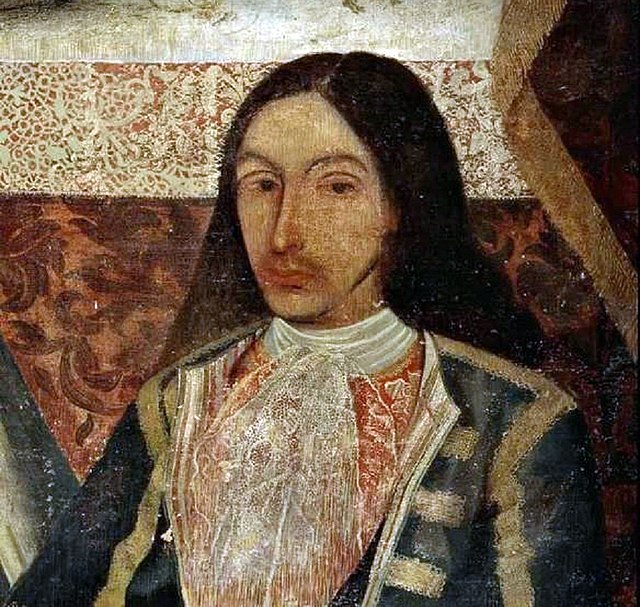The Spanish treasure fleet, or West Indies Fleet, was a convoy system of sea routes organized by the Spanish Empire from 1566 to 1790, which linked Spain with its territories in the Americas across the Atlantic. The convoys were general purpose cargo fleets used for transporting a wide variety of items, including agricultural goods, lumber, various metal resources such as silver and gold, gems, pearls, spices, sugar, tobacco, silk, and other exotic goods from the overseas territories of the Spanish Empire to the Spanish mainland. Spanish goods such as oil, wine, textiles, books and tools were transported in the opposite direction.
Pedro Menéndez de Avilés, admiral and designer of the treasure fleet system
The Spaniard Amaro Pargo, a corsair and merchant, participated in the West Indies Fleet.
A silver 8-reales (peso) coin minted in México (1621–65).
A shipyard on the river Guadalquivir in 16th century Seville: detail from a townscape by Alonso Sánchez Coello
A convoy is a group of vehicles, typically motor vehicles or ships, traveling together for mutual support and protection. Often, a convoy is organized with armed defensive support and can help maintain cohesion within a unit. It may also be used in a non-military sense, for example when driving through remote areas.
A convoy of U.S. Army trucks in Hawaii
Convoy routes in the Atlantic Ocean during 1941
A convoy of merchant ships protected by airplanes en route to Cape Town during World War II
U.S. Navy vessels escorting the tanker Gas King in 1987








